
1902 - 1980
Marie Toyen (Maria Cerminova)
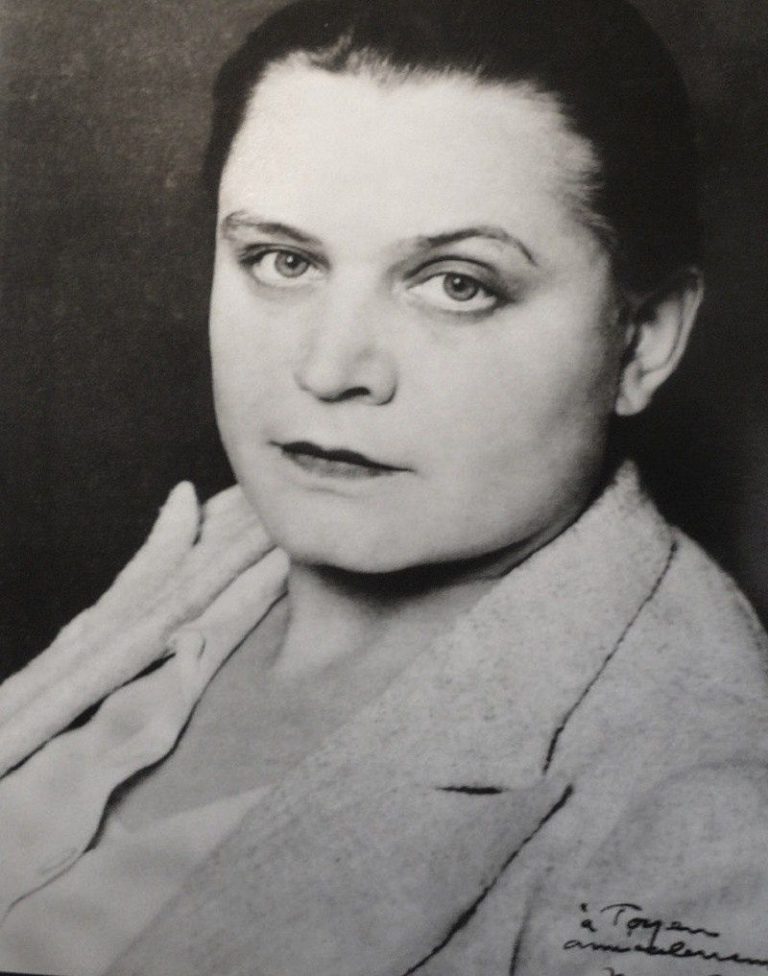
description
A Czech artist, a painter, lithographer, graphic artist, book illustration master. Maria Cherminova, the brightest and most significant representative of poeticism and surrealism in the Czech Republic, took the pseudonym Toyen at an early age. Its origins can be interpreted as from the French “Citoyen” – a citizen, and from the Czech phrase, meaning, “this is he”. In both cases, the new name did not give her gender identity. Maria, who tried to break down stereotypes, became a cult figure both in the Czech Republic and in Paris, where she was supported, in particular, by Andre Breton, a leading figure of Surrealism.
Toyen was an original and self-sufficient creator. She perceived Surrealism as a driving force of imagination, as well as of the social and political progress. The artist became one of the organisers of the Surrealistic community in Prague. Many of her paintings from the second half of the 1930s also had strong political and anti-war meaning.
Hostile to bourgeois conformism, Toyen challenged values based on totalitarianism. The artist left Prague after the Nazi occupation considering the communist regime imposed on the country unacceptable for the creator.
In Paris, she participated in the activities of the surrealist group of A. Breton. Although the life and work of Toyen made a great contribution to the development of feminist art, she herself never entered into discussions, did not speak openly about feminism or about her sexual orientation. Nevertheless, experts consider her a pioneer of free female art.
Key ideas:
– Noting 3 main periods of the 60-year (1920-1980) art career of Marie Toyen, art historians claim that she shifted her style from primitivism, purism and artificiality (Czech poetry) to surrealism with its distinctive “face”.
– Together with her friend, husband and colleague Jindrich Styrsky, Maria Cerminova supposed that the «artifical» painting distracts a viewer from the vicious circle of his ordinary realities and thereby destroys the system of trivial established images.
– Prague’s surrealism is based on poetry, invented by artists of the “Devetsil” Association in 1920s, which included both Toyen and Styrsky from 1923. The art of Maria matches the characteristics of this branch of avant-garde art: “a mixture of revolutionary emanation, passive-romantic sleepwalking and spiritualism.”
– Maria avoided the usual role given to women in art – the muse, model or object of worship and desire. Surrealism gave her art the undeniable value of a passionate denier of relations in bourgeois society, always ready to censor the social or intimate life of the creator. Toyen’s works often have unstable motives, sometimes with hints at lesbian desires. Interestingly, male figures are missing in the plots; instead there is a hint at phallic symbols or their unequivocal presence alongside realistic female figures.
– Gradually, threatening forms appear in the artist’s works, reflecting the difficult political situation in Europe at that time. Forced to hide from the authorities as the author of works called degenerative art, Toyen was obsessed with the theme of war.
1902
1919
1922
1923
1925
1931
1934
1935
1937
1947
1957
1966
1980
The artist's childhood is shrouded in mystery
The 17-year old entered the School of Applied Arts in Prague
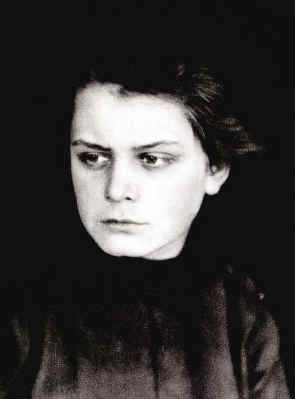
Met artist Jindřich Štyrský

Became a member of the progressive Prague association "Devetsil"
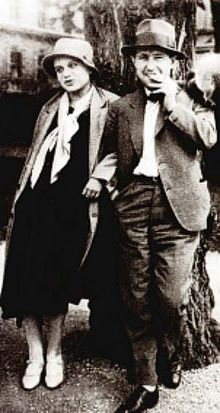
The creative tandem of Toyen and Štyrský moved to Paris
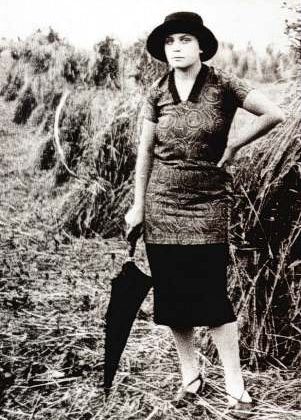
Toyen helped Štyrský to develop the "Edition 69"
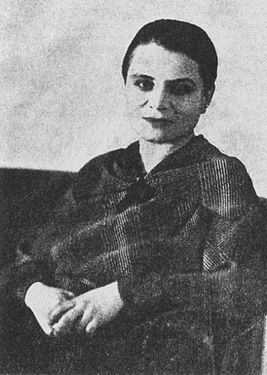
She participated in the foundation of the Surrealist group

The first exhibition of the surrealist group was held in Czechoslovakia

The artist’s paintings were called degenerative art
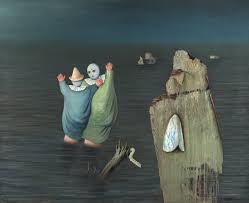
Finally settled in Paris

“Prague and the seven swords”

The artist gradually became more and more lonely

The death of the artist

